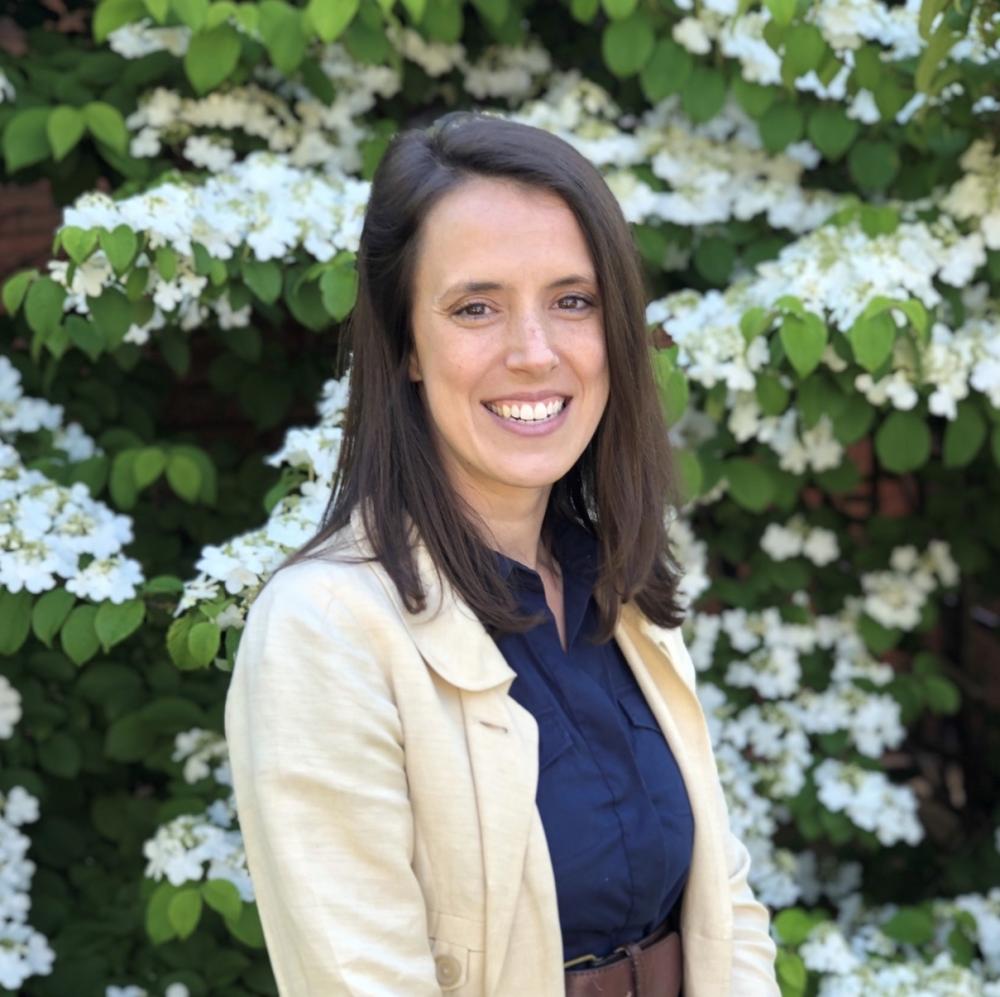
Cascading and interlinked crises are putting the 2030 Agenda for Sustainable Development in grave danger, “along with humanity’s very own survival,” according to the United Nations’ latest report on the state of the Sustainable Development Goals, or SDGs.
In 2015, U.N. member nations adopted the SDGs, 17 interrelated goals all necessary to achieve peace and prosperity around the world by 2030. The Sustainable Development Goals Report 2022 outlines the ways in which the COVID-19 pandemic, climate change, and a sharp increase in armed conflicts have derailed years of progress toward the goals and endangering humanity’s survival. In short, the world is moving in the wrong direction, as hunger is increasing, natural resources are degrading, and armed conflict is on an alarming rise.
What went wrong?
Global crises do not happen in a vacuum, and unfortunately catastrophes often give rise to additional, interrelated problems. For example, while the COVID-19 pandemic has taken the lives of millions and left millions more with long-term health implications, the crisis also destroyed years of progress in poverty alleviation and caused the first rise in income inequality between countries in an entire generation.
COVID-19 is not the only crisis that has created spin-off disasters. The war in Ukraine has spelled tragedy for Ukrainians and has also created more hardship globally, as prices of food, fuel and fertilizers have increased radically. The crisis has further disrupted supply chains and is pushing more of the world into hunger.
Finally, humanity has not made the changes necessary to avoid the worst impacts of climate change, and the window to avoid catastrophe is closing. To ensure humanity’s survival, carbon emissions must peak before 2025, decline by 43 percent by 2030, and then fall to net-zero by 2050. Instead, carbon emissions rose 6 percent last year. Voluntary carbon commitments are not adequate, as the world is on track to see a 14 percent increase in carbon emissions over the next decade. Current national pledges are not enough to avoid disastrous climate consequences.
Where do we go from here?
While the latest SDGs report seems dire, it also spells out what is needed to pull the world back from the brink. The biggest emergencies facing Earth are complex, interlinked and cascading systems of problems. Solutions must therefore be as comprehensive as the crises.
In the report, Liu Zhenmin, U.N. under-secretary-general for economic and social affairs, lays out a three-part plan of action necessary to save the 2030 Agenda and achieve peace, prosperity and planetary health.
First, end armed conflicts. Ending war is a prerequisite for sustainable development. The tragic loss of lives and resources to conflict is unacceptable, and diplomacy is the only way to achieve peace and long-term planetary viability.
Next, humanity must preserve natural resources, reduce carbon emissions, overhaul global food systems and create jobs that support the sustainable economy. Because solutions are just as interlinked as problems, adopting practices like investing in clean energy and public services can address multiple emergencies at once.
Finally, the world must adopt a sweeping overhaul of the international financial and debt systems so that a “two-track recovery” is avoided and developing countries are not excluded from sustainable solutions. Peace and prosperity are only achieved when they are achieved for all.
The report also called for governments to urgently prioritize funding for data infrastructure to better implement solutions now and anticipate future needs and crises.
With eight years to go, the SDGs are facing a huge risk
The SDGs are on life support, and the world needs to take urgent action to save them. Progress has been reversed on all 17 goals, and nothing but sweeping, institutional change and multi-stakeholder partnerships will deliver the advancement needed to achieve peace and prosperity. To keep the goals of 2030 alive and avoid the most catastrophic consequences of climate change, the international community must cooperate to take immediate, multilateral action.
Image credit: Prado via Unsplash

Mary Riddle is the director of sustainability consulting services for Obata. As a former farmer and farm educator, she is passionate about regenerative agriculture and sustainable food systems. She is currently based in Florence, Italy.














